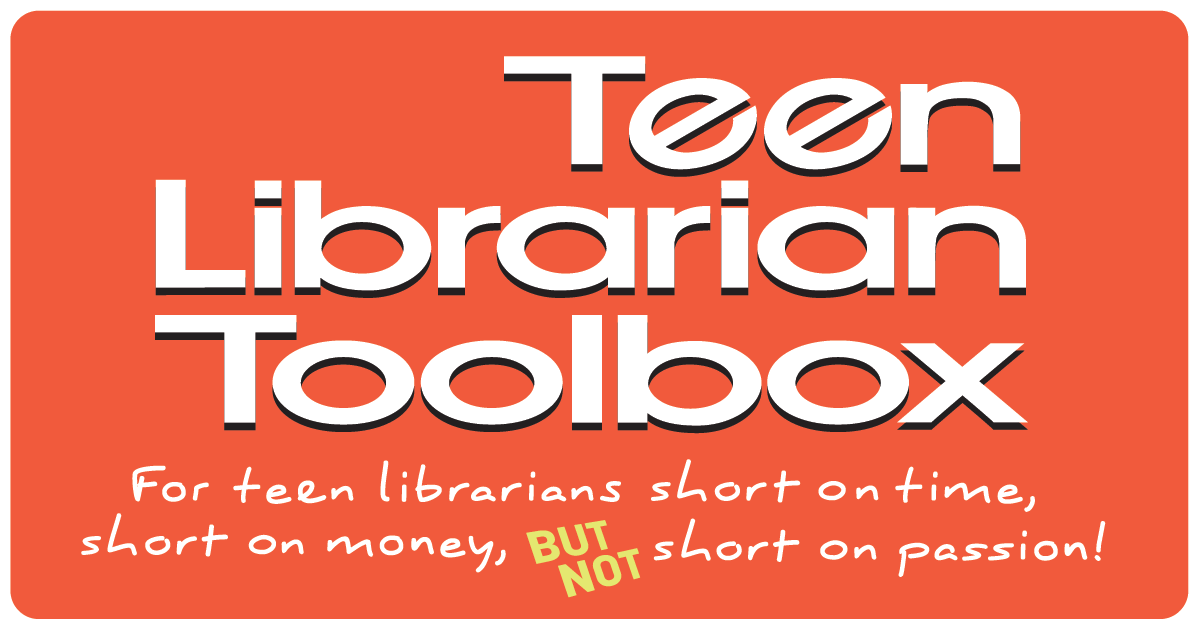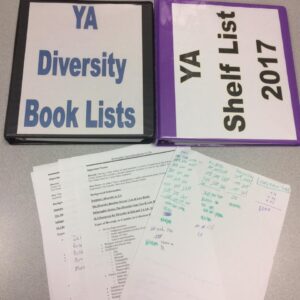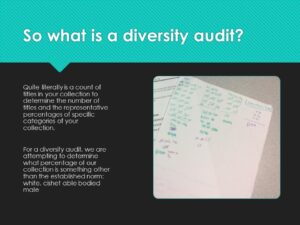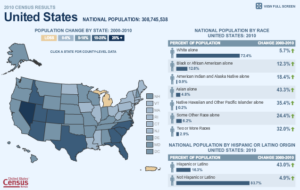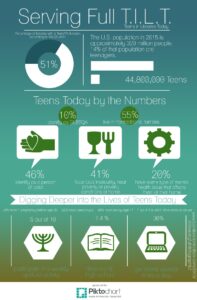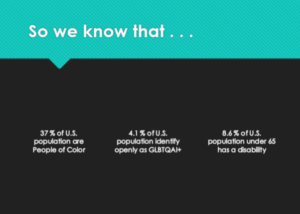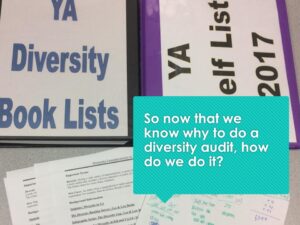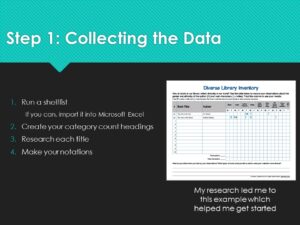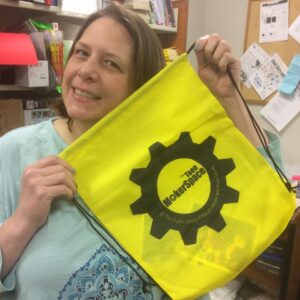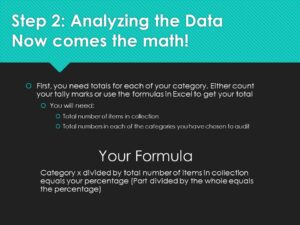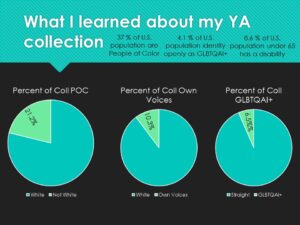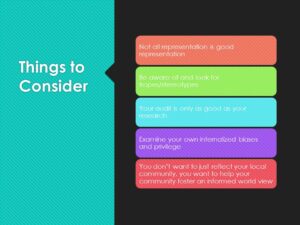Doing a YA Collection Diversity Audit: The How To (Part 2)
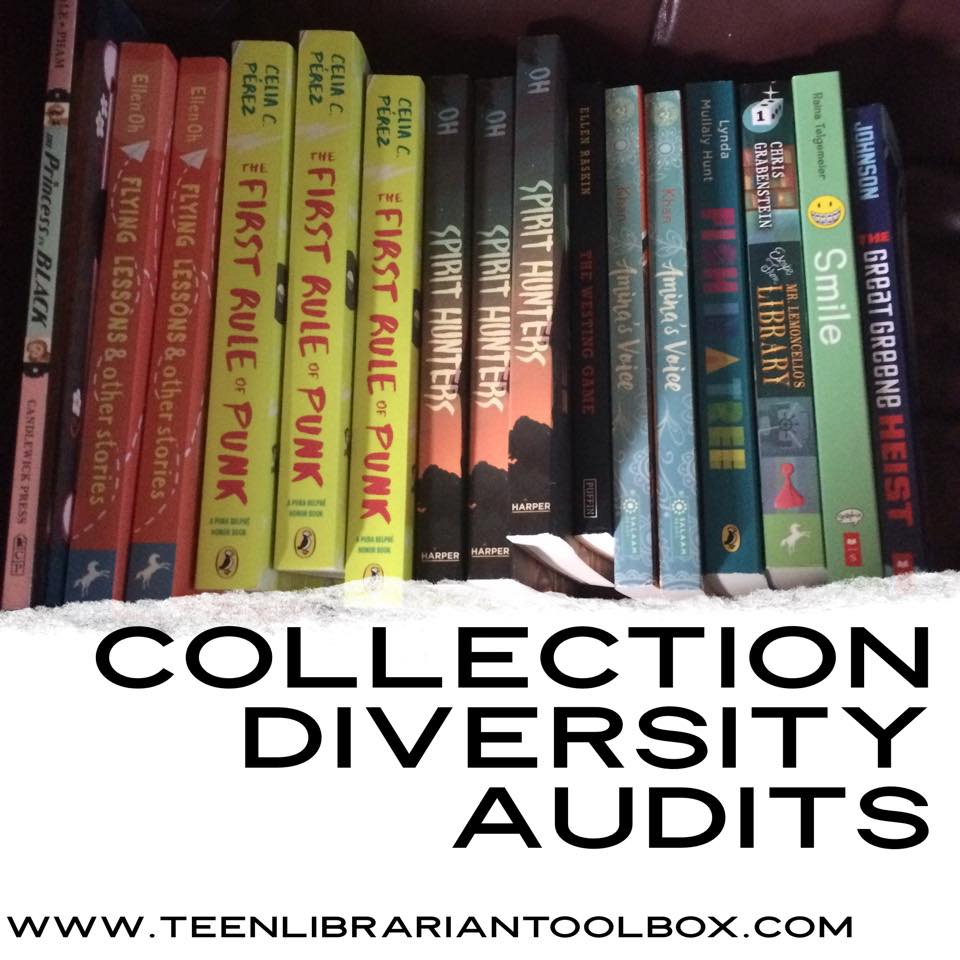
So yesterday I began telling you about doing my diversity audit. I began in a place that many people wouldn’t suspect, by doing a local community needs and assessment evaluation. I thought if I wanted to understand why I was building a diverse/inclusive collection, I also wanted to understand who I was doing it for. Also, this was part of my process on researching target goals. The question I asked myself is this: what does an inclusive YA collection look like? And to do that I thought I needed to better understand what my local community and the world at large actually looks like. No guessing, no anecdotes, but facts.
After looking at my local community demographics, I then researched what the U.S. population looks like, keeping in mind that U.S. Census data comes out every ten years and involves a lot of margin for error because respondents must use per-detetermined categories to respond and many people identify in more than one way. (Note: please see uploaded outline below for a more complete look at stats and diversity categories to investigate.)
ADVERTISEMENT
ADVERTISEMENT
Then I dived deep into what diversity in children’s publishing looks like (spoiler alert: it’s not good). I used resources like the Lee and Low Diversity Baseline Survey to get a better understanding of what diversity in children’s publishing looks like. A realistic diversity goal has to include an understanding of what is being published. We can’t buy diverse titles that don’t exist, which is why we must continue to ask the publishing world to work towards better inclusion at all levels of publishing.
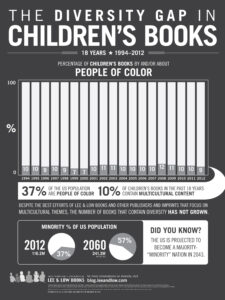
Checklist: 8 Steps to Creating a Diverse Book Collection | Lee & Low
Another worksheet example can be found here: http://sfpsmom.com/black-history-month-12-diversify-bookshelves/
With a better understanding of what the world looks like and some real investigation into my own personal biases and privilege (which is an ongoing process), I then began looking at my collection in depth. This was a painstaking process that involved a lot of research. I researched each title and author in my collection to the extent that was reasonably possible. Reasonably meaning given an appropriate use of my time, skills, and what information is available. For example, not all authors are publicly out and they deserve to make that decision for themselves, but it can affect a count of Own Voices GLBTQAI+ titles. Please note: you can make your headings and count whatever it is you wish to audit.
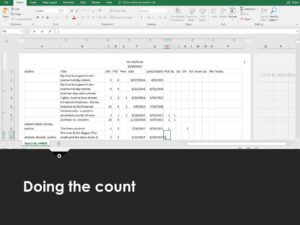
At one point my fellow TLTer Robin Willis came out for a week long visit and we went title by title through my shelf list discussing whether or not a title had a main or supporting character that was something other than white, male, cisgender. We had a lot of quality discussions about individual titles, authors and the idea of diversity and inclusion as a whole. And yes, public librarians do indeed end up taking weird vacations, so thank you Robin for taking your time to come spend with me and help me with this project.
After doing the inventory several times and determining that I had the best knowledge that I could have, I then went and did the math that told me which percentage of my collection was diverse, Own Voices, GLBTQAI+ or featured a teen with a disability. I assumed I was doing a good job of building diverse, inclusive collections. It “felt” like I was doing a good job. I was trying to do a good job. Spoiler alert: I was not. Even when I was being intentional in building inclusive collections, I was not doing as well as I thought I was. For example, the percentage of titles featuring a teen with a disability were dismal at only 2.2%. However, after some targeted ordering, my GLBTQAI+ percentage went from around 3% up to 6.5%. This is part of why this type of collection audit is informative: I thought I was doing a good job of buying diverse titles, but an audit revealed that I wasn’t doing as good of a job as I thought I was and helped me make more informed and purposeful purchasing decisions. I thought I was doing a good job, I learned that I wasn’t, now I am doing better and have the data to back that statement up.
As a tangential note, I will also admit that this in depth collection analysis has also led me on a quest to investigate subject headings in our catalog. For example, we had books with the heading of transvestite, transsexual and transgender, and since transgender is the term that teen readers will be most familiar with and is the currently preferred term, we added a subject heading of transgender (transgender people – fiction) to all titles. Similarly, we looked at titles like Tash Hearts Tolstoy to make sure that teens looking for asexual representation could find that title using our card catalog without having to ask an adult. Teens looking for GLBTQAI+ materials in particular don’t always want or feel comfortable asking an adult for help so we are working on making these titles accessible in multiple ways for teens who want to read but don’t necessarily want to ask for help in locating titles.
ADVERTISEMENT
ADVERTISEMENT
This work is ongoing for me. As I mentioned above, it helps inform my monthly book ordering. Now when I do a book order, I do a sort of mini audit of each book order to make sure that I am doing the work of building an inclusive collection each and every order. I will also do occasional targeted audits, like this summer when I went through each and every letter of the GLBTQAI+ umbrella and made sure I had quality titles that represented each letter. A yearly or every few years audit combined with monthly book order audits and targeted audits makes my collection development more intentional. It’s not enough to think I’m doing the work, I now do the work. And having concrete facts and figures in front of me helps me to stop assuming while confronting my purchasing biases head on. And since I just took over this collection 3 years ago (new library), it has helped me better know and understand this collection as well as what is offered, making for some amazing RA to be honest. It also helped me fill in title holes and re-order missing or lost books that I think every collection should have.
The benefits of doing a diversity collection audit are plentiful and I highly recommend it, with a few caveats. First, it’s important that we remember that not all representation is good representation. There are a lot of tropes, stereotypes, and controversial titles out there that you should be aware of. You’ll also want to take the time to make yourself more familiar with Own Voices authors and titles. Remember that even when we talk about diversity, we should have diverse titles within that diverse representation. For example, not all GLBTQAI+ titles should be coming out stories, and not all coming out stories are the same. And, finally, we should remember and value the importance of intersectionality: most people identify as more than one thing, and that should be represented in our literature as well. For example, a black woman may identify as having a disability and being bisexual, because we are all complex human beings who are more than one thing and all more than our labels. Those stories deserve to be told and read.
With all that said, here is an in depth outline of this project: Diversity Audit Outline 2017 with Sources
Complete YA Collection Diversity Audit Series
Doing a YA Collection Diversity Audit: Understanding Your Local Community (Part 1)
Doing a YA Collection Diversity Audit: The How To (Part 2)
Filed under: Collection Development, Diversity, Diversity in YA, Professional Development
About Karen Jensen, MLS
Karen Jensen has been a Teen Services Librarian for almost 32 years. She created TLT in 2011 and is the co-editor of The Whole Library Handbook: Teen Services with Heather Booth (ALA Editions, 2014).
ADVERTISEMENT
ADVERTISEMENT
SLJ Blog Network
Newbery/Caldecott 2026 Spring Check-In
Remember (the) Maine: A Stroll Around Kittybunkport with Scott Rothman
5 Unlimited Access Digital Comics to Boost K–8 Reading | Sponsored
When Book Bans are a Form of Discrimination, What is the Path to Justice?
ADVERTISEMENT

